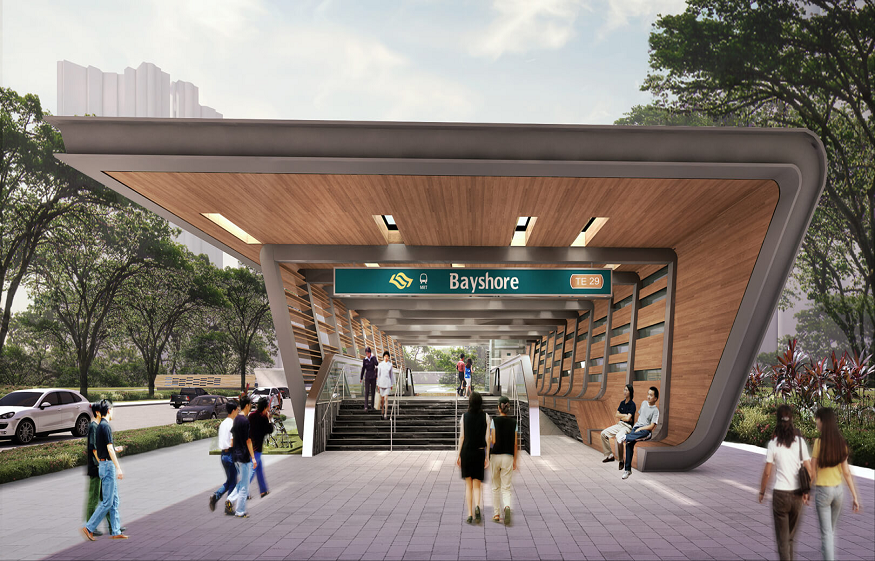In the state of California, building safety regulations are of utmost importance to protect residents and ensure the structural integrity of buildings. Two key pieces of legislation that have been enacted to enhance building safety are SB 326 and SB 721. Let’s delve into what these regulations entail and how they impact construction and maintenance practices in the state.
What is SB 326?
Senate Bill 326, also known as the Balcony Safety Act, was signed into law in 2019 in response to the tragic balcony collapse in Berkeley that resulted in multiple fatalities and injuries. This legislation requires the inspection of balconies and other elevated exterior elements of certain residential buildings to ensure their structural integrity and safety. Buildings covered under SB 326 include those with three or more multifamily units and at least one exterior elevated element.
How does SB 326 impact building owners?
Building owners covered under SB 326 are required to have a licensed structural engineer or architect conduct a visual inspection of all elevated exterior elements every nine years. The inspection report must be submitted to the local building department, and any necessary repairs or corrective actions must be taken to address any safety hazards identified during the inspection process. Failure to comply with SB 326 can result in fines and penalties for building owners.
What is SB 721?
Senate Bill 721, also known as the Building Safety Bill, was enacted in 2018 and focuses on the inspection and maintenance of balconies and other elevated exterior elements in residential buildings. This legislation aims to prevent future tragedies like the balcony collapse in Berkeley by requiring the inspection of all balconies and other elevated elements in multifamily buildings with three or more units.
How does SB 721 impact building owners?
Under SB 721, building owners are required to have a qualified inspector conduct a thorough inspection of all elevated exterior elements every six years. The inspection report must be submitted to the building department, and any necessary repairs or maintenance work must be completed to ensure the safety of residents and occupants. Building owners who fail to comply with SB 721 may face fines and legal consequences.
What are the key differences between SB 326 and SB 721?
While SB 326 and SB 721 both focus on the inspection and maintenance of balconies and other elevated exterior elements in residential buildings, there are some key differences between the two regulations. SB 326 applies to buildings with three or more multifamily units, while SB 721 covers all multifamily buildings with three or more units, regardless of the number of units. Additionally, SB 326 requires inspections every nine years, while SB 721 mandates inspections every six years.
Our Section 604 Inspection Service for San Francisco Properties is a crucial step towards ensuring the safety and compliance of your property. Our team of professionals is dedicated to conducting thorough inspections in line with local regulations and industry standards. With our attention to detail and expertise, we provide comprehensive reports that help property owners make informed decisions to maintain the integrity of their buildings. Trust our professional service to deliver accurate and reliable inspections for your peace of mind.
Conclusion
In conclusion, SB 326 and SB 721 are crucial regulations that aim to enhance building safety and prevent tragic incidents like balcony collapses. Building owners must ensure compliance with these regulations to protect the welfare of residents and occupants. By conducting regular inspections and addressing any safety hazards promptly, building owners can create a safer living environment for all. Understanding SB 326 and SB 721 is essential for all stakeholders in the construction and maintenance industry to uphold the highest standards of building safety in California.



